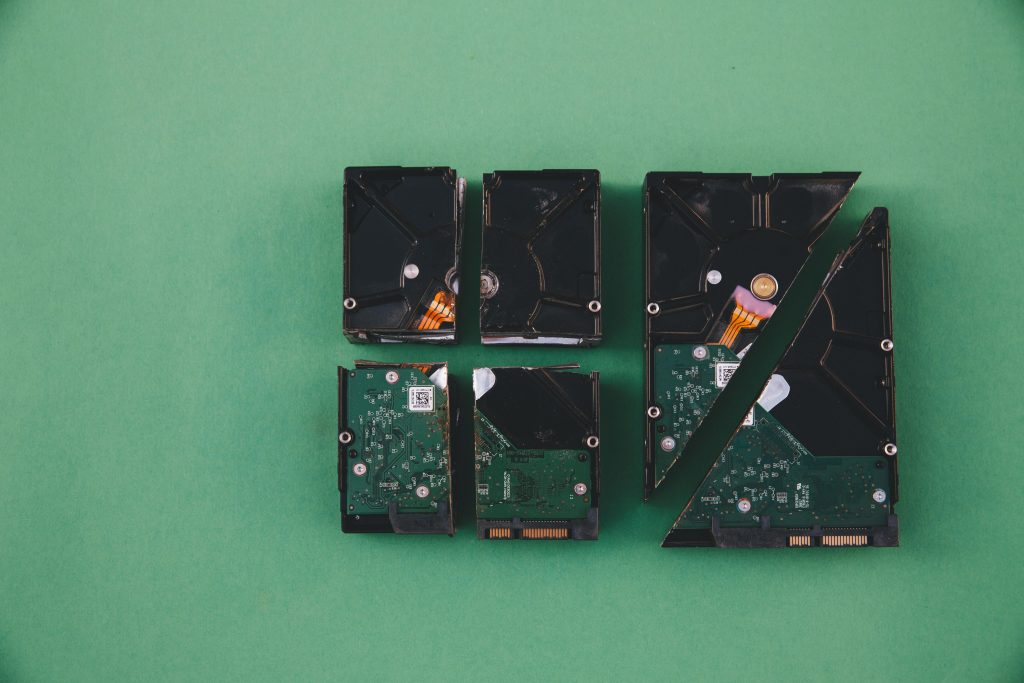The Importance of Regular Server Maintenance: Lessons Learned from a Critical Failure
Today, we faced a significant challenge when a client’s server unexpectedly failed, resulting in the potential loss of critical data. Despite our ongoing advisories regarding the importance of server upkeep over the past three years, this situation unfolded, underscoring the necessity of proactive IT management.
The incident involved dual hard drive failures after years of service, leading to the distressing discovery that the server’s indicator lights were dim, suggesting possible long-term neglect. Similarly, the hard drive error indicators offered little reassurance.
In an effort to salvage the data, we attempted to reconstruct the RAID 10 array, but unfortunately, the remaining drive was too compromised to retrieve the necessary information. The last backup was executed just two days prior to the incident; however, we are concerned about potential corruption of that backup.
Compounding the issue is the server’s outdated operating system, Windows Server 2008, which necessitates the creation of a new Active Directory. As a result, the client will face considerable labor costs to migrate all computers to the new system—a situation that could have been avoided with regular maintenance and timely upgrades.
This raises an important question: Was it worth it for the client to extend the server’s life beyond its typical duration, ultimately leading to lost productivity and additional expenses? If a new server had been procured earlier, the transition could have been seamless, avoiding weeks of downtime.
The key takeaway is clear: maintaining your company’s primary server is not a trivial matter. Cutting corners can lead to exponential costs in recovery, data loss, and prolonged disruptions.
As a final note, I must mention that this server was in an exceedingly poor condition—one of the dirtiest I have encountered. It makes me wonder if there were contributing environmental factors at play, such as smoking in or near the server room.
In conclusion, ensure that your organization prioritizes the health and efficiency of its IT infrastructure. Regular maintenance and timely upgrades are not just costs but essential investments in your business’s continuity.
Share this content:



